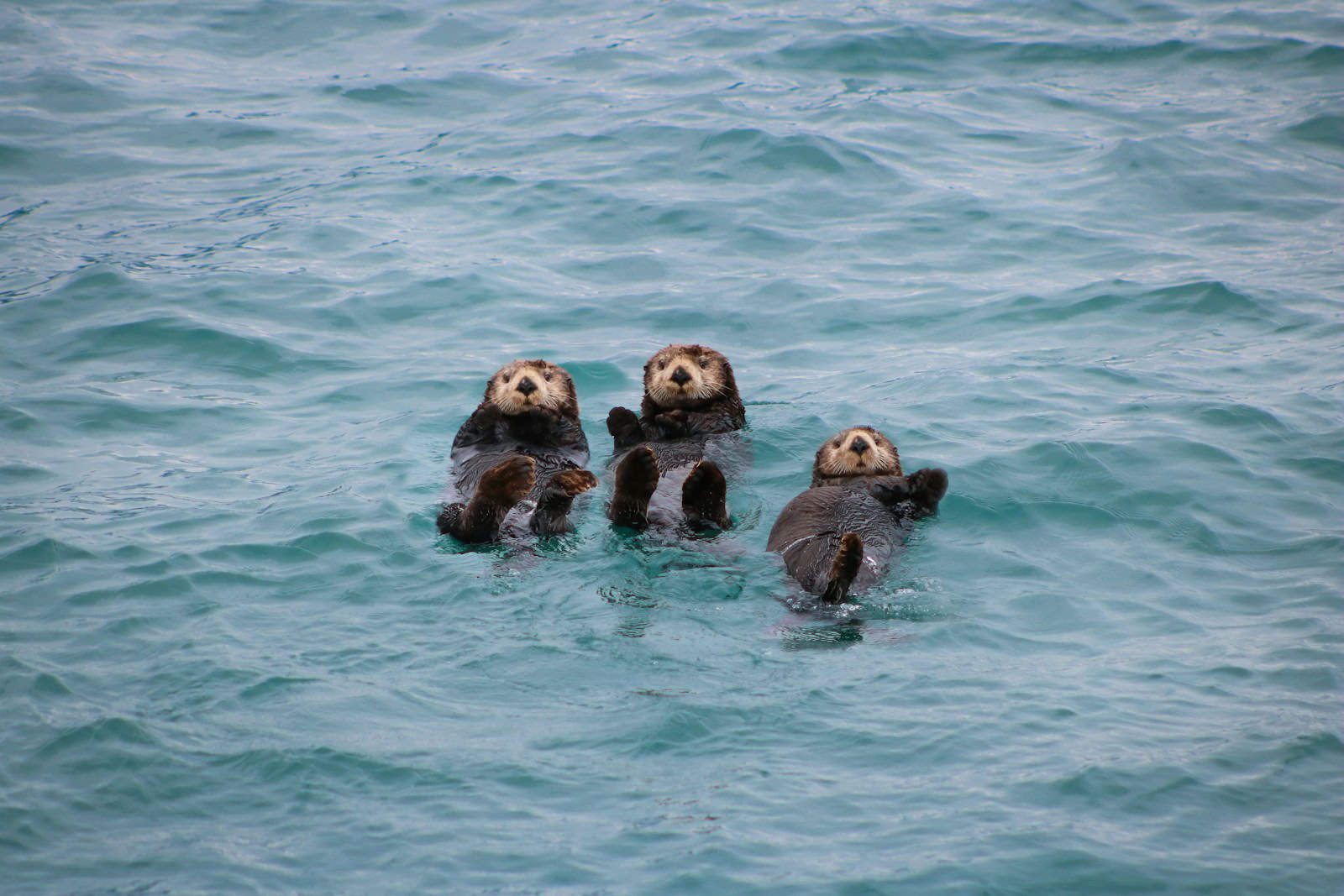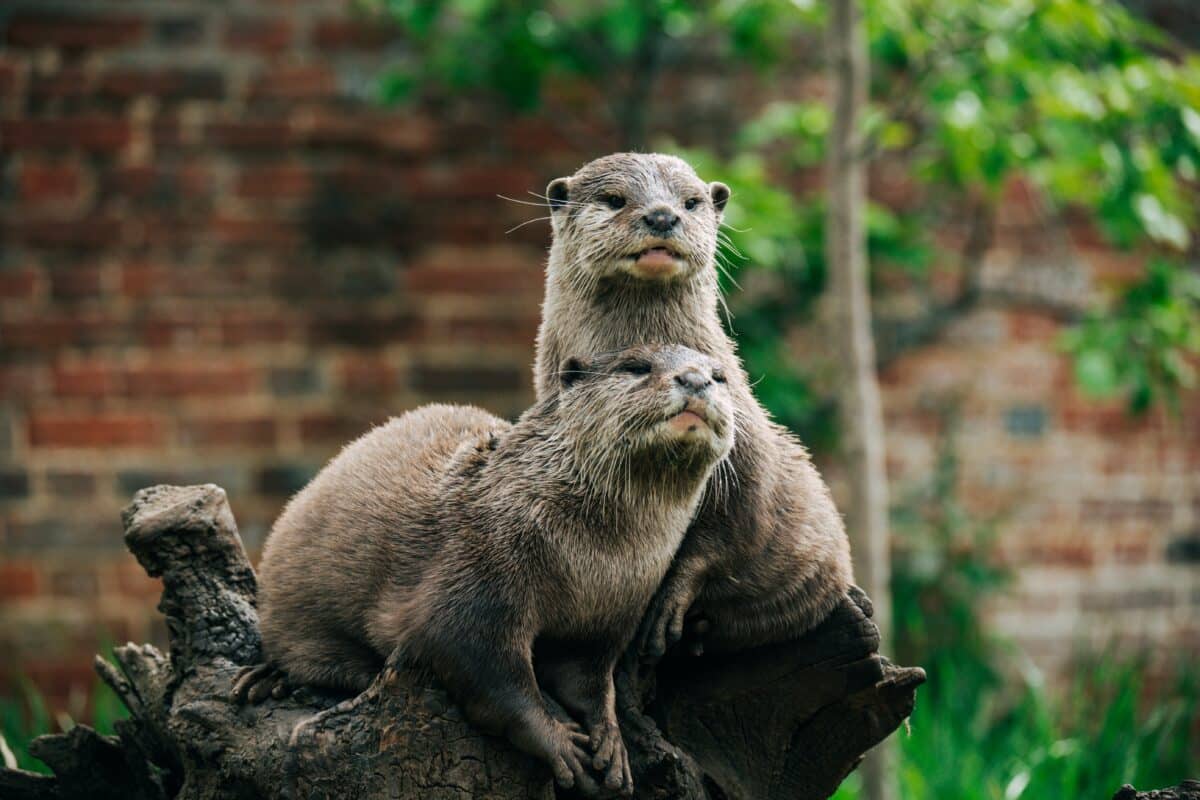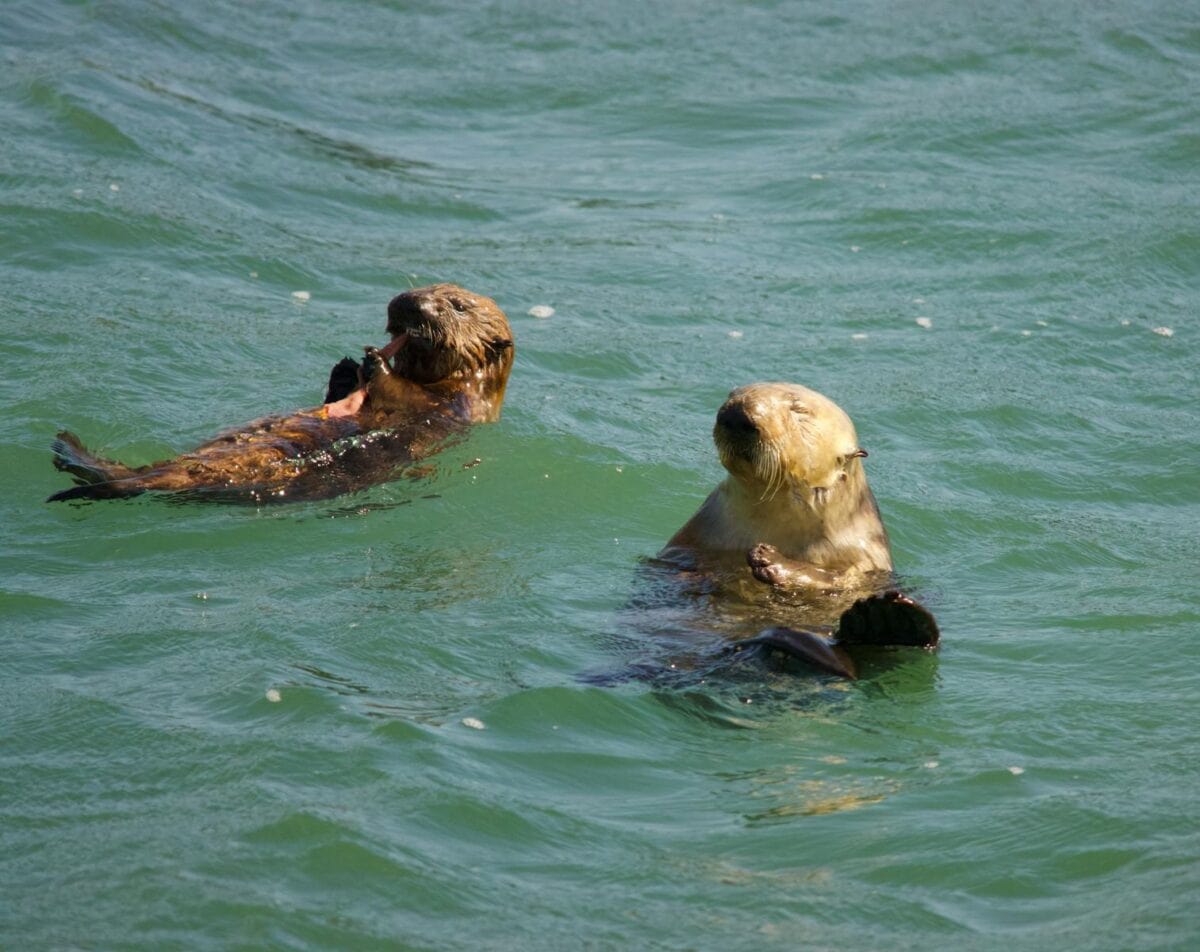The serene coastlines of California are echoing with a heartening narrative of ecological renewal. The state’s sea otters, once teetering on the brink of extinction, are making a remarkable comeback, and their resurgence is orchestrating a transformation in the marine landscape. These endearing mammals are more than just adorable fixtures of the ocean—they’re pivotal custodians of coastal ecosystems. As the population of sea otters rebounds, it ushers in a cascade of environmental benefits, reinforcing California’s vibrant biodiversity.
The Historical Journey of California’s Sea Otters

Sea otters are intrinsic to California’s coastal heritage. Historical accounts reveal that before European settlers arrived, thousands of these playful creatures populated the Pacific waters off California. However, fur traders decimated their numbers by the 19th century, catalyzing a precipitous decline in their population. By the early 20th century, only a small group of sea otters clung to survival along the Big Sur coast, a testament to their resilience.
Legal Protections and Their Impact

The sea otters’ path to recovery began with significant legal protection. In 1973, the Endangered Species Act (ESA) provided a critical cushion, followed by the Marine Mammal Protection Act (MMPA) in 1972. These legislative shields were instrumental in curtailing hunting and protecting habitats, setting a foundation for their population rebound.
The Otter-Ecosystem Connection

Sea otters play a transformative role in their ecosystem, serving as a keystone species. Their dietary habits, primarily consisting of sea urchins and other invertebrates, are vital for maintaining the balance of kelp forests. By keeping urchin populations in check, sea otters prevent these spiny creatures from overgrazing kelp beds, which are essential marine habitats.
The Kelp Forests An Ecological Haven

Kelp forests rank among the planet’s richest ecosystems, offering sanctuary to a myriad of marine life. The resurgence of sea otters has bolstered these underwater forests, enhancing their growth and expansion. Thriving kelp forests support a diverse range of species, from fish to invertebrates, and act as significant carbon sinks, helping mitigate climate change.
Sea Otters and Biodiversity Enhancement

The otters’ dietary preferences extend benefits beyond the kelp forests. By consuming crabs, they promote the survival of sea slugs and other small organisms, enhancing marine biodiversity. This predation creates a ripple effect throughout the ecosystem, fostering a balanced and vibrant marine environment.
Challenges Facing Sea Otter Populations

Despite their encouraging recovery, sea otters face persistent threats. Oil spills, pollution, and infectious diseases continue to pose significant risks. Additionally, human-induced changes such as climate change and habitat degradation further complicate their survival prospects.
The Role of Conservation Efforts

Conservation organizations and local communities are pivotal in supporting sea otter populations. Through initiatives like habitat restoration and public awareness campaigns, these groups work tirelessly to safeguard the otters’ future. Their efforts include monitoring otter populations, rescuing stranded individuals, and advocating for policy changes.
The Economical and Cultural Significance

Beyond their ecological importance, sea otters hold economic and cultural significance for California. They attract ecotourism, drawing visitors eager to witness these charismatic creatures in their natural habitat. Moreover, sea otters are ingrained in the cultural fabric of many Indigenous communities along the West Coast, symbolizing a critical link between nature and cultural heritage.
Scientific Research and Studies

Ongoing scientific research continues to shed light on sea otters’ ecological roles and the challenges they face. Researchers study their foraging behaviors, health indicators, and interactions with other species to inform conservation strategies and improve coexistence with human activities.
Adaptations and Unique Traits

Sea otters have fascinating adaptations that enable their survival in chilly ocean waters. Their dense fur, the thickest in the animal kingdom, provides insulation, while their ability to float on their backs aids in efficient feeding. These adaptations underline their resilience and evolutionary ingenuity.
The Vision for the Future

Looking forward, the vision for California’s sea otters is one of harmonious coexistence with humans and thriving populations that continue to enrich the coastal environment. Achieving this demands sustained conservation efforts, innovative research, and increased public engagement to ensure these indispensable animals remain a vibrant component of the marine ecosystem.
Conclusion: A Resilient Symbol of Hope

The comeback of sea otters along California’s coast is more than an ecological triumph—it’s a symbol of hope and resilience. As these charismatic creatures navigate the waves of recovery, they illuminate the path towards ecological sustainability. Their story is a poignant reminder that with concerted effort, patience, and care, even the most delicate of balances can be restored. In celebrating the sea otters’ resurgence, we affirm our commitment to protecting and cherishing the intricate web of life that thrives along California’s storied shores.
- The Most Common Misconceptions About Snake Encounters - August 15, 2025
- 13+ Laugh-Out-Loud Pet Jokes Every Grandparent Should Have Ready - August 15, 2025
- The Largest Octopus Ever Recorded Off the Coast of Washington - August 15, 2025

